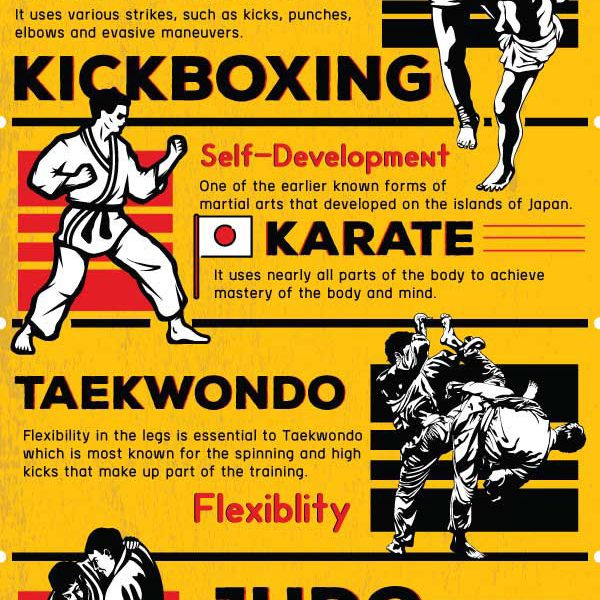Exploring The Differences In Between Typical Martial Arts And Contemporary Fight Sports
Exploring The Differences In Between Typical Martial Arts And Contemporary Fight Sports
Blog Article
Developed By-Skovbjerg Hovgaard
When you consider martial arts, do you lean more towards the standard practices or the modern-day battle sporting activities? Each course provides unique benefits and experiences, shaped by their philosophies and training techniques. Conventional martial arts stress personal growth and technique, while contemporary battle sporting activities concentrate on competition and efficiency. Understanding these distinctions can lead you in choosing the appropriate strategy for your trip. However exactly how do these differences show up in training and viewpoint?
The Approach and Background Behind Typical Martial arts
While lots of people associate martial arts with physical battle, the philosophy and background behind typical martial arts run much deeper. You'll find that these techniques highlight individual development, self-control, and respect.
Originating from ancient practices, traditional martial arts were commonly established for Self-Defense and spiritual advancement. They personify concepts such as balance, consistency, and self-constraint, assisting practitioners past mere battling abilities.
As you educate, you'll not just discover techniques but likewise gain insights right into the society and values that shaped these arts. The rituals and traditions, typically passed down with generations, cultivate a feeling of neighborhood and belonging.
The Affordable Nature of Modern Combat Sports
Modern battle sports have transformed the landscape of martial arts right into a highly affordable sector, where professional athletes challenge in a test of skill, strategy, and endurance.
You'll discover that competitors are commonly arranged with rigorous rules and policies, guaranteeing justice and safety and security. These occasions draw in large target markets, fueling the exhilaration and intensity of matchups.
Professional athletes educate rigorously, not just for physical prowess but likewise for mental strength, recognizing that every detail counts in the ring. The adrenaline rush during competitors is palpable, as competitors press their limits to assert success.
Followers value the athleticism and artistry involved, making modern battle sports a thrilling spectacle that continues to develop and captivate lovers around the globe.
Training Techniques and Methods: A Relative Analysis
The competitive ambience of contemporary fight sporting activities needs ingenious training approaches that differ considerably from standard martial arts.
In modern training, you'll focus on particular techniques, sparring, and conditioning, commonly using drills that replicate real battle circumstances. You'll see an emphasis on quantifiable efficiency and constant competition to assess your abilities.
In contrast, conventional martial arts prioritize forms, katas, and thoughtful mentors, frequently highlighting technique and regard over competition.
do martial arts school accept kids with autism is usually less extreme and may include repetitive technique as opposed to real-time sparring.
While both techniques develop ability and health and fitness, modern-day fight sporting activities give a much more vibrant and adaptable training setting, preparing you for prompt challenges in the ring or cage.
Select https://zionwckqw.actoblog.com/35096402/exposing-the-mind-body-link-just-how-martial-arts-can-improve-well-being that aligns with your goals and passions.
Verdict
In picking between conventional martial arts and modern-day battle sporting activities, it really comes down to what you value most. If you're searching for personal development, technique, and a feeling of neighborhood, standard arts could be your finest fit. However if you flourish on competitors and real-time obstacles, modern-day fight sports could be the means to go. Eventually, both paths use special benefits, so it's all about straightening your training with your individual goals and rate of interests.
